Morocco is an ancient North African nation with a colorful history that spans over 1000 years it is also one of the world’s most famous destination of tourists. In 2015 Marrakech is labeled as number 1 as the most popular place for tourism. In the first half of 2018 Morocco welcomed 5.1 Million visitors approximately jumping 10 percent from the same period in 2017, according to Morocco’s Tourism Observatory.
The kingdom is well known for its host of eminent structures, saturated with a fine mix of Andalusian, Berber-Arab and French influences; and Marrakesh, its fourth-biggest city is of no exception. From its dazzling Menara Airport (which has been named the most excellent on the planet), to its many traditionally-built hotels, museums, and other stunning attractions.
In this guide I will show you three best breathe taking structural gems in Marrakech you must have to visit.
1. Koutoubia Mosque, Djemaa el-Fna
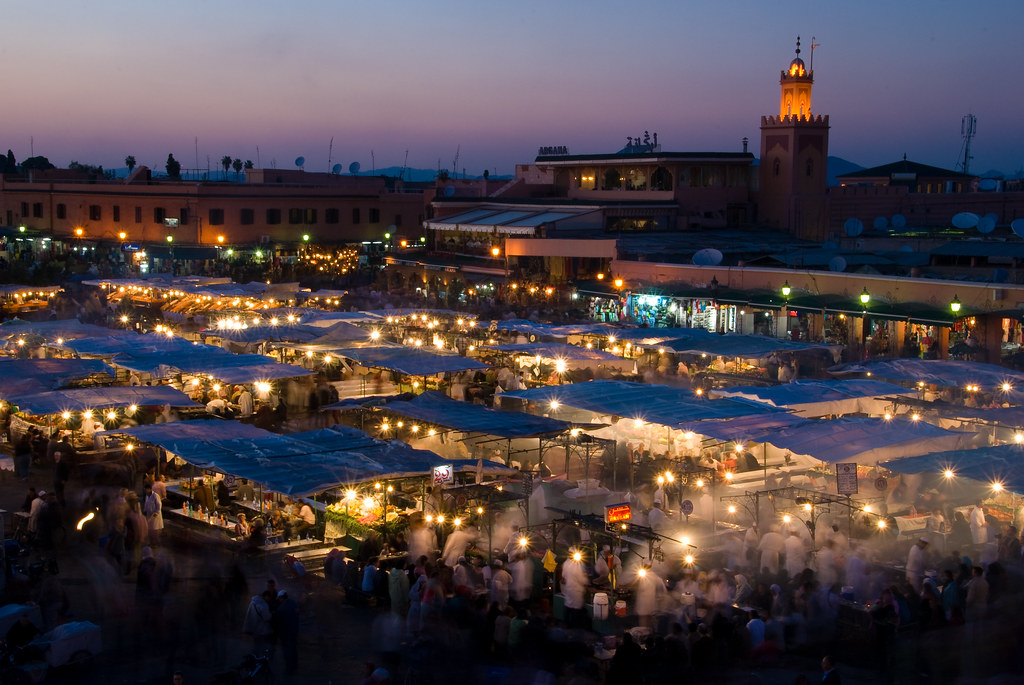 It is Located in the center of Marrakech city, Djemaa el-Fna is an exceptionally well known spot for tourists wishing to explore the busy atmosphere of the old Moroccan city. When you walk into the square and wonder through the complex, narrow alleys of the city’s ancient Medina, you will get the lively atmospheric feel and you also feel like you are in old Islamic era. Here you can also find the traditional marketplace called Souks where stalls of beautiful craftsmanship’s of leather goods, perfectly hand-made rugs, Aladdin-style lamps, traditional lanterns and intricately carved souvenirs of all shapes and sizes can be found. Do not forget to watch the performance of talented street artists and cunning snake charmers.
It is Located in the center of Marrakech city, Djemaa el-Fna is an exceptionally well known spot for tourists wishing to explore the busy atmosphere of the old Moroccan city. When you walk into the square and wonder through the complex, narrow alleys of the city’s ancient Medina, you will get the lively atmospheric feel and you also feel like you are in old Islamic era. Here you can also find the traditional marketplace called Souks where stalls of beautiful craftsmanship’s of leather goods, perfectly hand-made rugs, Aladdin-style lamps, traditional lanterns and intricately carved souvenirs of all shapes and sizes can be found. Do not forget to watch the performance of talented street artists and cunning snake charmers.
The highlight however is the 12 century Koutoubia Mosque, which stands at 253 feet (77 meters). The current mosque was built by the Almohad dynasty, began work on the old structure (built by the Almoravid dynasty earlier in the century) as they believed the building failed to accurately face Mecca. Its rose-colored shade made it unique in the entire Marrakech city and its intricate stonework and grounding arches are very representative of Moorish architecture. While the mosque is totally beyond reach to non-Muslims, this won’t keep you from going for a stroll around outside to appreciate the rose garden and orange trees, listening to azan (call to prayer).
2. Ensemble Artisanal Marrakech
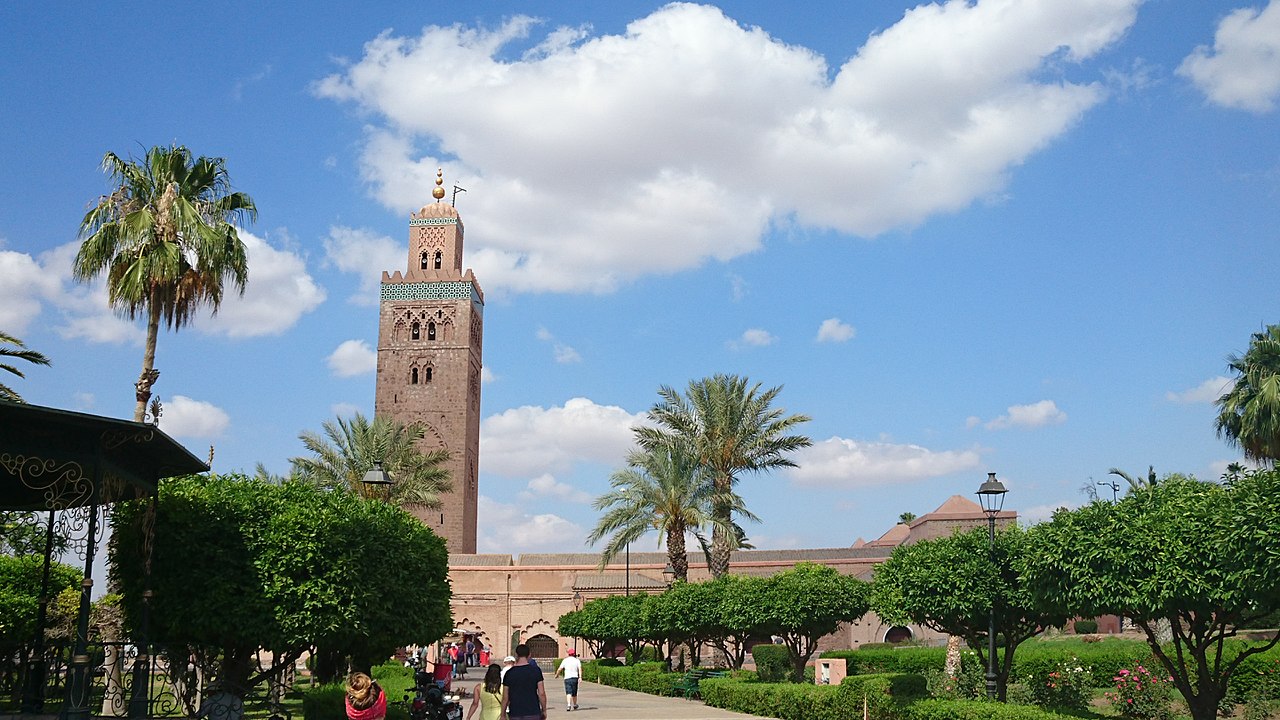 Just a straight 15 minute walk from dejemaa el-Fna will lead you to the doors of Ensemble Artisanal Marrakech. There are lots of shopping complex which are newly build, loaded with comfortable Andalusian yards and a stunning yet relaxing atmosphere of Islamic architecture. The center shelters a variety of souvenir and traditional craftsman shops which sell handmade leather goods, kitchen and house ware, clothing, perfume, and much more. Everything here is sold at a fixed price.
Just a straight 15 minute walk from dejemaa el-Fna will lead you to the doors of Ensemble Artisanal Marrakech. There are lots of shopping complex which are newly build, loaded with comfortable Andalusian yards and a stunning yet relaxing atmosphere of Islamic architecture. The center shelters a variety of souvenir and traditional craftsman shops which sell handmade leather goods, kitchen and house ware, clothing, perfume, and much more. Everything here is sold at a fixed price.
From the outside the building is very attractive because of its plain rose-colored stone exterior and relatively subtle Moroccan architectural touches. When you walk inside you’ll quickly be taken in by the extravagantly luxurious view that will welcome you. On your right side, you’ll locate a thin walk through, like a small courtyard and a few of the craftsman shops scattered around. To your left, you’re met with a wider courtyard, with tables and chairs if you wish to enjoy a snack in the sun or want to enjoy local’s favorite morocco mint tea.
3. Bahia Palace
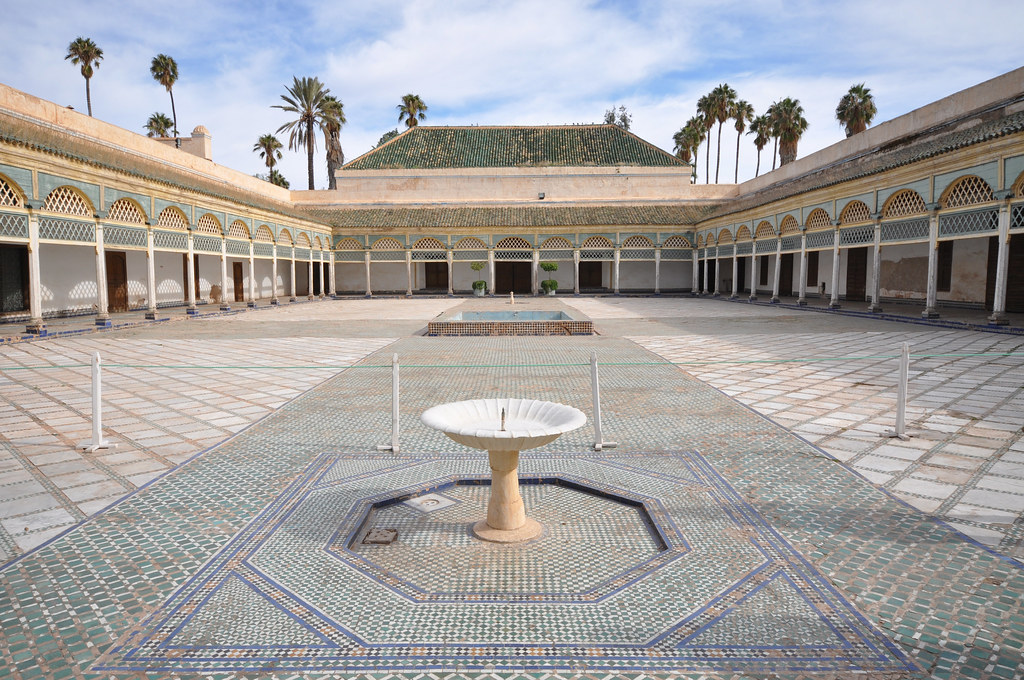 Built by the Grand Vizier Si Moussa during the late 19th century, Palais de la Bahia (truly meaning ‘Royal residence of the Brilliant’ or ‘Castle of the Beautiful’) is an awesome royal residence and set of gardens, which, at its time, was intentionally designed to be the greatest palace. Decked in traditional Berber-Arabesque ornaments and designs, the stunning historical structure reportedly features 150 rooms, replete with a harem, situated alongside the tranquil Court of Honor. Today it welcomes all the tourists on a regular basis and sometimes hosts special events, such as the Marrakech Biennale, which is a major Trilingual Arts festival and the first of its kind in the region.
Built by the Grand Vizier Si Moussa during the late 19th century, Palais de la Bahia (truly meaning ‘Royal residence of the Brilliant’ or ‘Castle of the Beautiful’) is an awesome royal residence and set of gardens, which, at its time, was intentionally designed to be the greatest palace. Decked in traditional Berber-Arabesque ornaments and designs, the stunning historical structure reportedly features 150 rooms, replete with a harem, situated alongside the tranquil Court of Honor. Today it welcomes all the tourists on a regular basis and sometimes hosts special events, such as the Marrakech Biennale, which is a major Trilingual Arts festival and the first of its kind in the region.
The foundation history behind this awe inspiring development is somewhat captivating: The Grand Vizier Si Moussa, who previously constructed the castle for his own utilization, was actually a former slave who rose to power through rather unlikely means. The palace was then passed on to his son Bou Ahmed, who played a significant role in giving the palace much of the splendor it’s known for today. Beautiful gardens decorated with the country’s trademark citrus trees were added, rooms were additionally designed in striking Andalusian style, and a little encompassing riad, which guests go by when they enter the castle, was likewise included. As was the norm in most imperial abodes from these parts of the world, the Bahia Palace housed several concubines alongside the royal residents, particularly during the reign of Bou Ahmed. Sadly, visitors are not allowed to visit the haram although you can visit the quarter of one of his wife where you can see the stunning interior of her quarter, including flawlessly shaded stained-glass windows and carved furniture of rich, dark wood.
These are just my top 3 list there are lots of other places where you can plan your day trips in Marrakech specially 3 days desert tour from Marrakech to fes is the highlight. I recommend that you must visit plan a trip to fes and explore this beautiful city often referred as country’s cultural capital.
























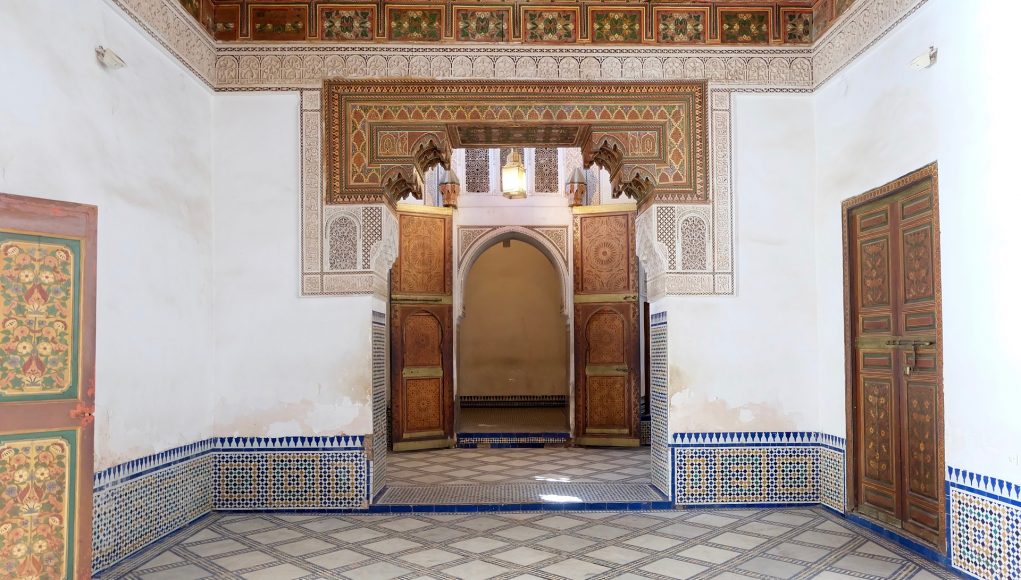







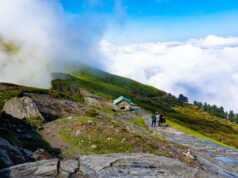
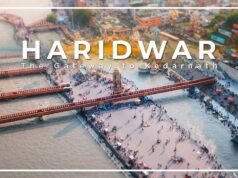

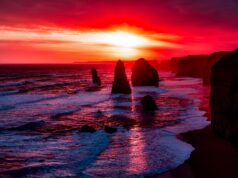



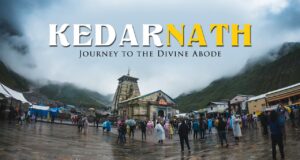



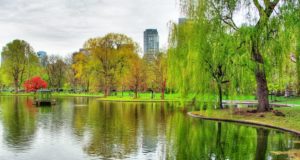


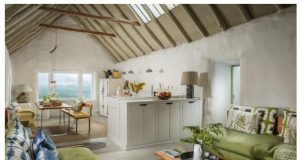

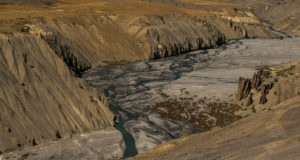





![Watch How I Cycling Around Iceland in 40 Days [A Must Watch] Cycling Around Iceland](https://www.topfivebuzz.com/wp-content/uploads/2017/10/maxresdefault-300x160.jpg)



